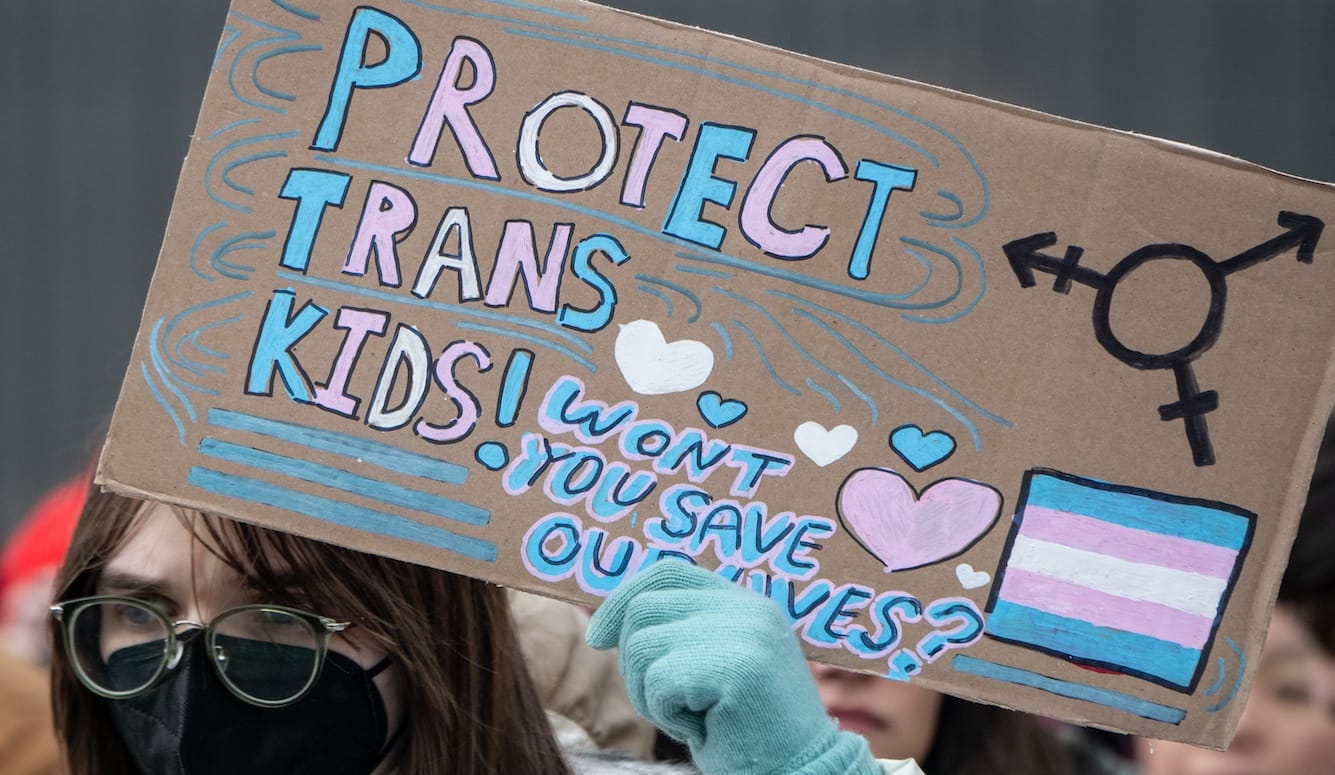Biology and Gender
The Rise and Fall of ‘Gender-Affirming’ Therapeutic Care
Thanks to the US Supreme Court, America’s helping professions—including medicine, education, and psychology—may finally adopt an evidence-based approach to treating trans-identified children.

On 18 June, the United States Supreme Court issued its decision in United States v. Skrmetti, upholding Tennessee’s right to prohibit the use of puberty blockers and hormones to treat gender-distressed minors. The ruling sets a precedent likely to shape similar state-level legislative initiatives across the country.
Within elite American academic institutions—including our own school, Northwestern University in Evanston, Illinois—the ruling was widely denounced as a reactionary assault on the transgender community, as well as a harbinger of far-right encroachment on human rights more generally. But as clinical researchers in the field of psychology who’ve long been concerned about the growing ideological capture of our discipline, we see the decision in a different light.
During oral arguments before the Supreme Court, litigants seeking to block Tennessee’s law were forced to admit that the evidence backing medicalised paediatric gender transition is extremely weak—notwithstanding the endlessly repeated assurances offered by activists and doctors that they’re just “following the science.” As such, Skrmetti presents a call to re-centre all forms of gender-related therapeutic care on actual evidence—as well as a chance to restore intellectual integrity to the “helping professions” whose regulating bodies have bought hard into this movement, including medicine, nursing, and education.
We entered the field of psychology to help women and girls recover from sexual violence and exploitation. Like most feminists, we know that experts can—and often do—get things wrong. In the past, claims about women’s emotional instability, intellectual inferiority, and biological unfitness for leadership were treated as clinical facts, justifying their exclusion from public life. Now, as then, protecting the interests of women and girls requires the courage to challenge dominant narratives—even when they appear to carry the weight of consensus.
By our observation, that courage remains conspicuously absent from academic discourse on gender. In our Northwestern University course on multicultural counselling skills, the challenges faced by “transgender women”—by which the instructor meant biological men who self-identify as women—were examined in great detail. But women as a sex class were never mentioned. Issues that disproportionately affect that class—such as sexual violence, commercial sexual exploitation, and reproductive health and rights—were entirely overlooked.
The only gesture toward a feminist perspective came in passing, when our professor distributed a brief description of feminist therapy theory—which was then immediately followed by a disclaimer noting that the theory’s principles could be applied, in generic fashion, to members of other identity groups. The word “women” appeared in quotation marks.
This is in keeping with Northwestern’s academic approach more generally, which casts “gender identity” as an innate and immutable characteristic disconnected from the biological reality of sex. This conceptualisation overlooks the formative role of embodiment in the development of female identity—particularly the profound psychological impact of heightened vulnerability to sexual violence.
Among the many problems this activist approach has caused, none has been more harmful to women and girls than the euphemistically labelled “gender-affirming” model of care. Beginning in the early 2010s, diagnoses of gender dysphoria surged among adolescent girls—a trend that has coincided with a transformation in the therapist’s idealised role. Under current guidance from accrediting and licensing bodies, a clinician is typically mandated to “affirm” a client’s stated gender identity, a step toward facilitating their social or medical transition—regardless of the client’s other psychological needs. (Indeed, it is now common for gender-distressed youth to seek out therapists who can provide them with a support letter that will allow them to access surgeries and “gender-affirming body contouring.”) Attempts to explore the underlying causes of gender distress are cast as a morally abhorrent form of “conversion therapy”—a term that suggests false comparisons to discredited techniques aimed at turning gay people straight.
The danger of diagnostic oversight is profound: in the rush to “affirm” a client’s stated identity, practitioners may overlook alternative explanations for gender distress. Symptoms such as dissociation, shame, and body dysmorphia—common among survivors of sexual violence—are systematically misread as signs of gender dysphoria.
When caution is conflated with bigotry, we fail in our duty to do no harm, and we risk retraumatising vulnerable clients with irreversible medical interventions.






